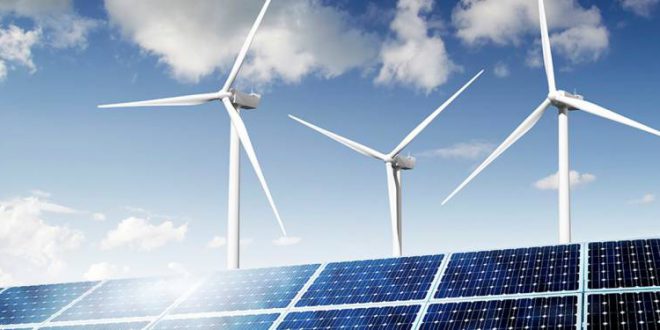China’s recently-announced switch from a Feed-in Tariff (FiT) scheme to a competitive auction mechanism will help the country surpass its national cumulative wind power target of 210 gigawatts (GW) by 2020 and install more than 20 GW per year on average over the next 10 years.
China’s National Energy Administration (NEA) announced earlier this year that it was transitioning from a Feed-in Tariff scheme to a competitive auction mechanism for wind projects. heralding a change to the competitiveness of the industry. While certain onshore and offshore projects will still be eligible for the FiT. most projects starting in 2019 will need to win at auction.
This is all part of the NEA’s attempt to ensure that wind energy reaches grid parity by 2020 and. as such. it reduced the value of FiTs for onshore wind over three consecutive years (2014-16) and. while most analysts predicted that China would run another round of FiT reductions. the country surprised the world by taking a harder-line approach and transitioning to a competitive auction mechanism.
A new report from MAKE Consulting. the China Wind Power Outlook 2017. authored by Market Analyst Xiaoyang Li. predicts that the switch to auctions “will bring new growth to Chinese wind power“ once auctions are established in each region. Further. MAKE predicts that annual grid-connected wind power capacity will overtake installed capacity in 2018 and remain that way for the next decade — progress which will be driven not by impending auctions but the country’s existing pipeline of projects. The earliest projects awarded through auction are not expected to begin construction until the second half of 2019.
Further. China will surpass its national cumulative wind power target of 210 GW which was set as part of the country’s Thirteenth Five-Year Plan for Wind Power. and over the ten-year forecast period will install on average over 20 GW worth of new wind capacity each year — driven. at least in part. by the development of offshore wind power and repowering.
China’s wind sector will continue to experience significant curtailment issues — especially in the northern regions — but the long-term benefits such as abundant wind resources across the country and good construction conditions will outweigh these concerns and continue to attract developers and investors to commit to scalable wind power project
 Iran Energy News Oil, Gas, Petrochemical and Energy Field Specialized Channel
Iran Energy News Oil, Gas, Petrochemical and Energy Field Specialized Channel




